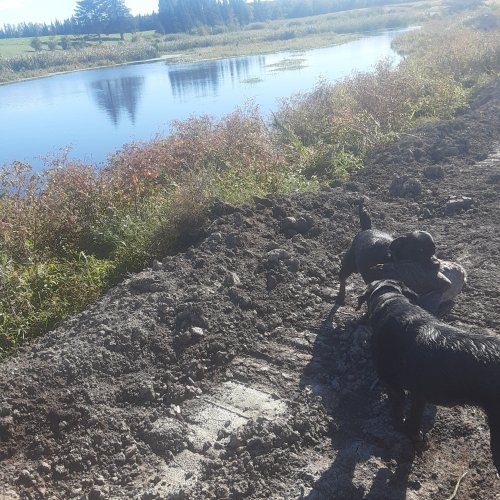FairWeather
Well-known member
It doesn’t get particularly cold here, so maybe I’ll look into the nylon. Should I look more into the booted, or stockingfoot type? I would have thought booted, but looks they there’s both marketed for hunting.Probably depends on your situation. Up here in the frozen north you will literally build up snow/ice on your waders. For these conditions, I like the warmth of neoprene. In milder climates, they might be too much.
My summer work waders are the nylon style. They are fine if it’s not cold.





